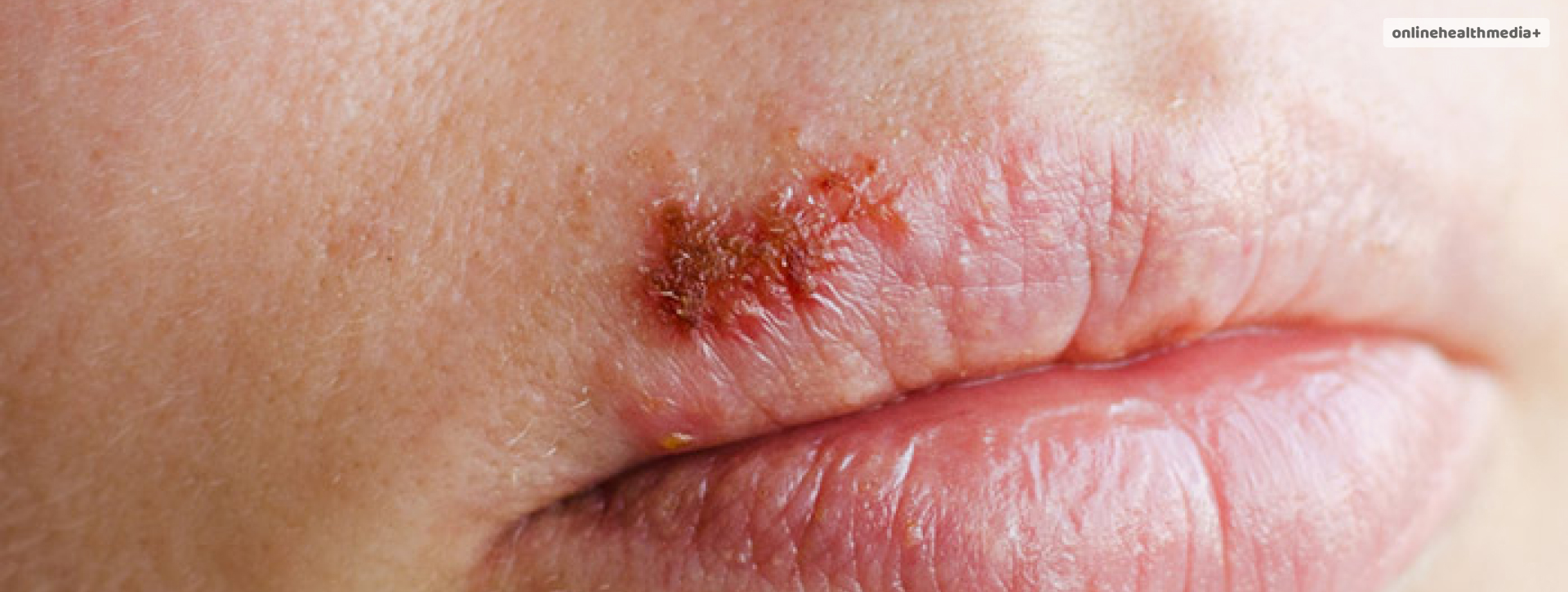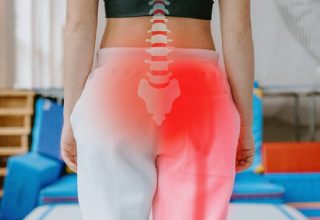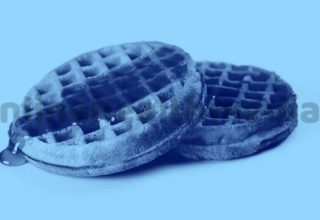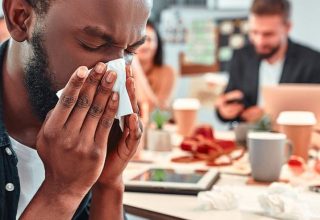Skin Lesions: What, Why And How To Get Rid Of These!
Remember how when you wear a new pair of sandals, you are more likely to develop blisters as a result of skin lesions? More than you may like it- new shoes are pretty hard to break in. The internet is filled with hacks that you can apply to prevent getting these lesions.
Skin lesions are areas on your skin that can differ from the surrounding skin in appearance. These are common “injuries” on our skin that can be fixed easily through pharmacological or natural methods.
The most common skin lesions that occur include acne, rash, or crusts that occur after a mole is scratched. There are mainly two types of lesions- primary and secondary.
The primary type of lesions may be present since birth. These may also be acquired over someone’s lifetime.
The secondary skin lesions are a result of manipulated or irritated primary skin lesions. For example, if a mole is scratched and it bleeds, then the lesion can be a crust. The crust is a secondary lesion.
Contents
What can lead to skin lesions?
There can be many causes for lesions- either primary or secondary- to occur, These can be caused due to the following reasons:
1. Cold sores
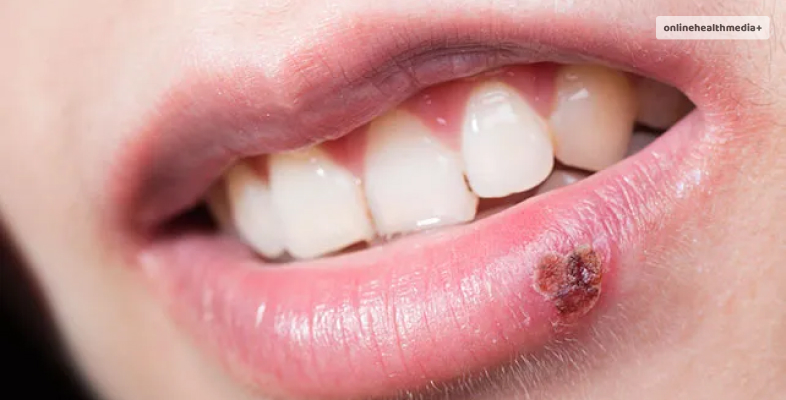
A painful, red and swollen blister that appears near the lips. The herpes simplex virus 2 is responsible for causing genital lesions. The oral lesions are also a result of the virus.
Additionally, the affected area is prone to burns, tingles before the scar is visible. The blisters can occur alone or in clusters which can be filled with yellow fluid.
2. Acne

Commonly located on the face, shoulders, neck or upper back and chest, acne can leave scars or darken the skin if it is not treated.
3. Allergic eczema
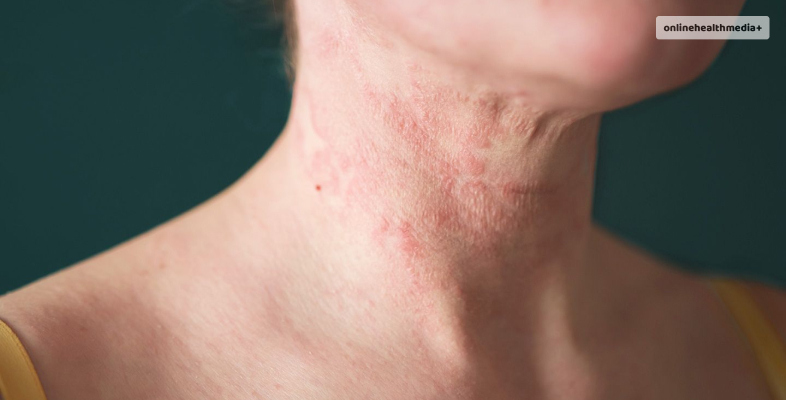
The skin feels itchy in this condition and leads to the redness,scaly or the skin feeling raw. The eczema can resemble burn and it may also be visible on the arm or forearms. The condition can also cause blisters that can become crusty, ooze or weep.
4. Actinic keratosis
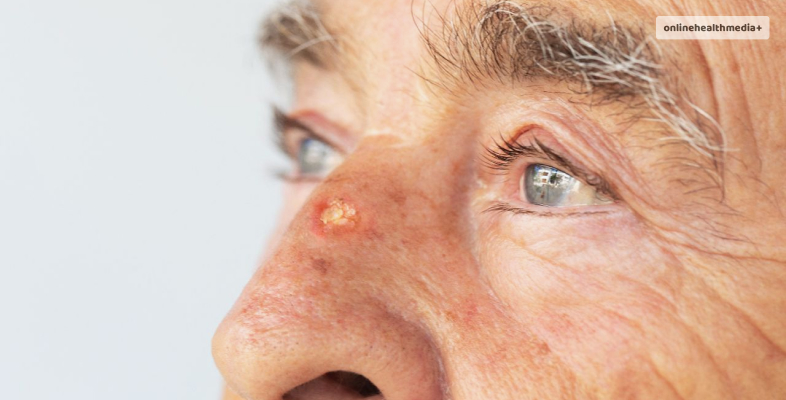
It is a thick, scaly and sometimes crusty patch of skin that can be smaller than 2 cm. These appear on the parts of the body heavily exposed to the sun. These areas may be the face, arms, hands, or neck and scalp.
5. Contact Dermatitis
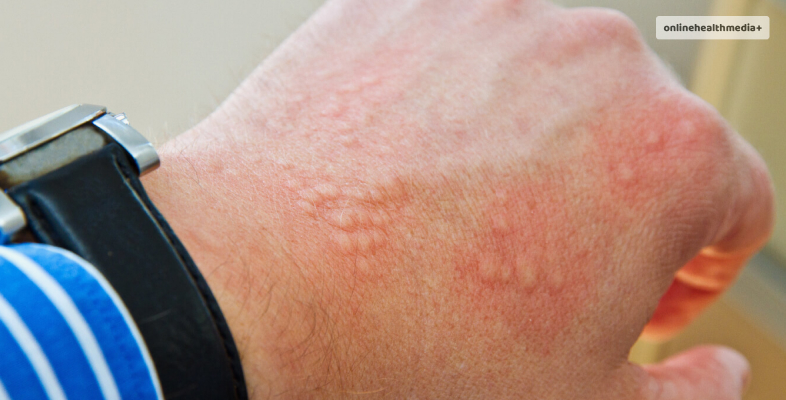
This condition occurs when the skin reacts to an irritant or allergen. It often results in redness, itching, and sometimes blisters, where the skin was in contact with the triggering substance.
6. Impetigo
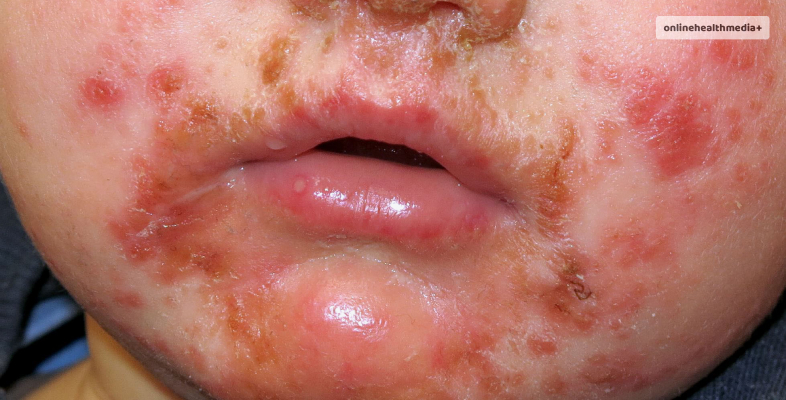
Impetigo is a highly contagious bacterial skin infection. It typically causes red sores that can break open and form honey-colored crusts.
7. Chicken Pox
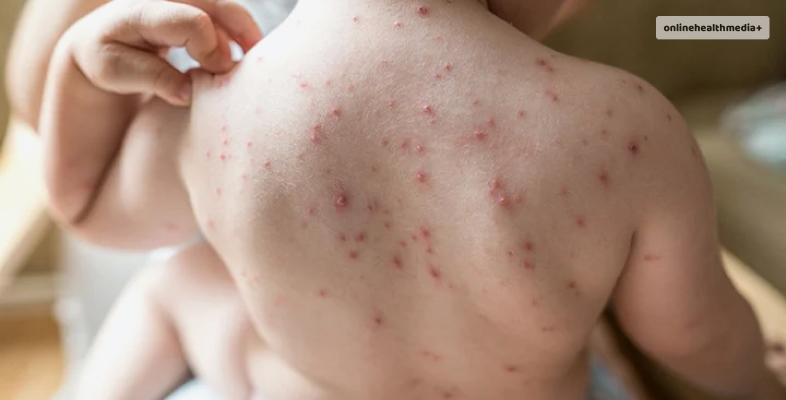
Chickenpox is a viral infection characterized by an itchy rash with red spots that develop into fluid-filled blisters. It is common in children.
8. Psoriasis

Psoriasis is a chronic skin condition that causes skin cells to multiply rapidly, leading to the formation of thick, red, scaly patches on the skin.
9. Epidermoid Cysts
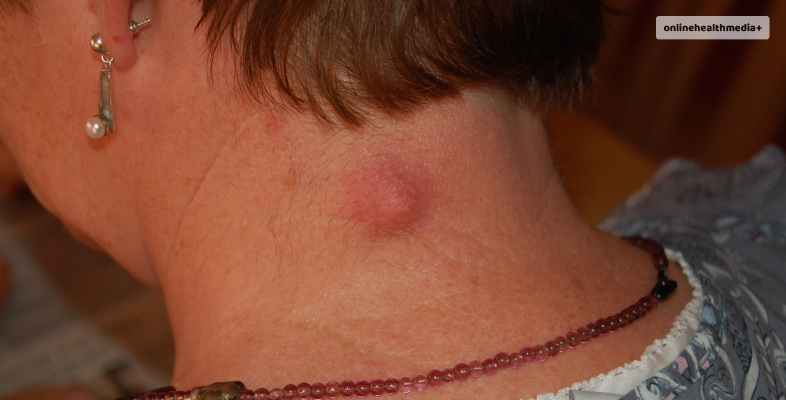
These cysts are benign, round lumps beneath the skin. They contain a thick, yellowish substance and can occasionally become infected or inflamed.
10. Shingles
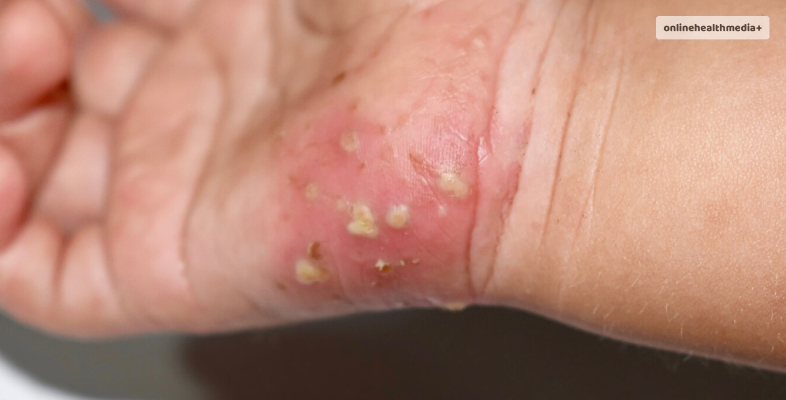
Shingles is caused by the varicella-zoster virus, the same virus that causes chickenpox. It results in a painful rash with blisters, often affecting one side of the body.
11. Scabies
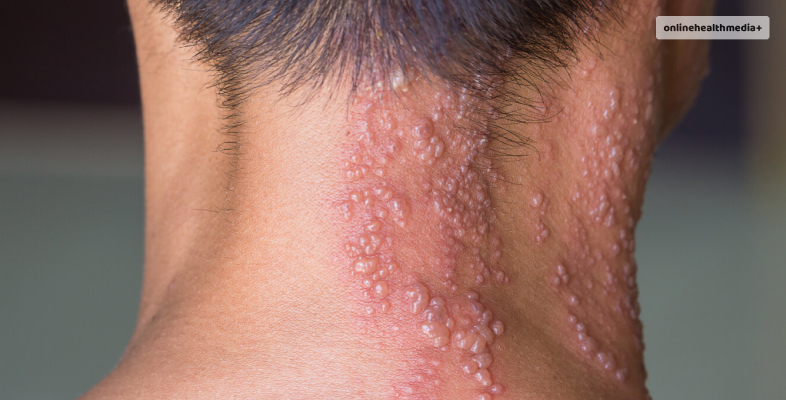
Scabies is a skin infestation caused by tiny mites. It leads to intense itching and the appearance of small red bumps and blisters.
12. Cellulitis
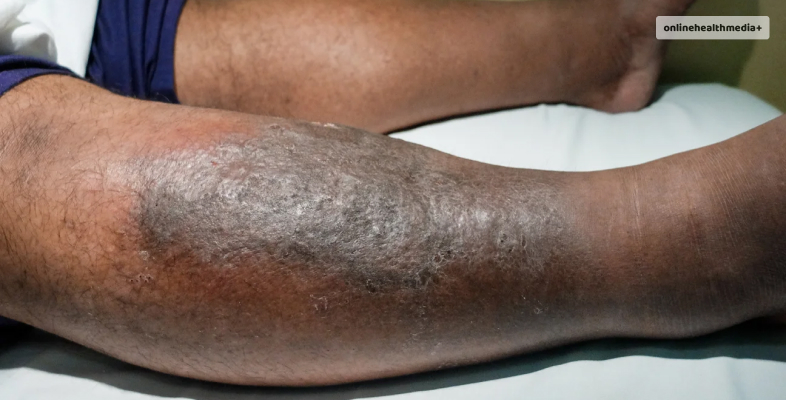
Cellulitis is a bacterial skin infection that causes redness, swelling, and warmth in the affected area. It often results from a break in the skin.
13. MRSA (Methicillin-Resistant Staphylococcus Aureus)
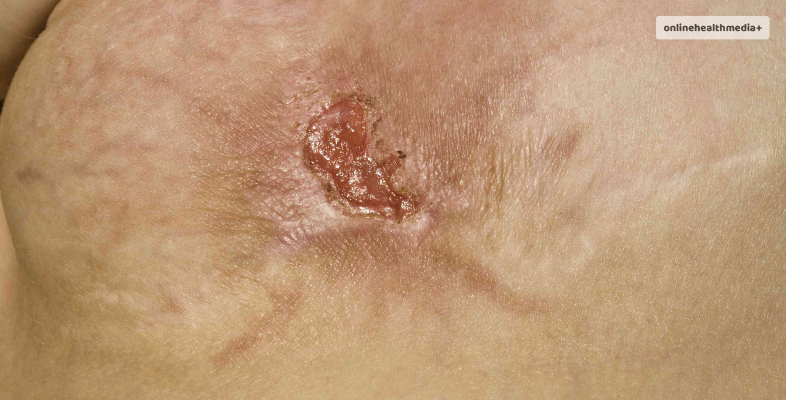
MRSA is a bacterial infection that is resistant to many antibiotics. It can lead to various skin issues, including painful boils or abscesses.
14. Bullae
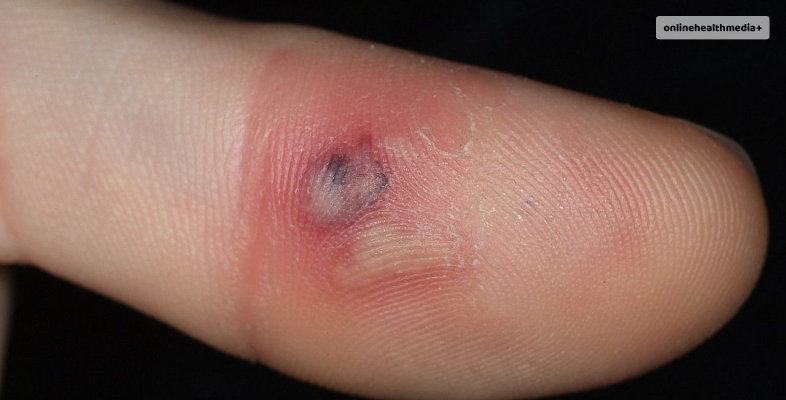
Bullae are large, fluid-filled blisters that can develop on the skin due to various causes, including burns, friction, or allergic reactions.
15. Boil
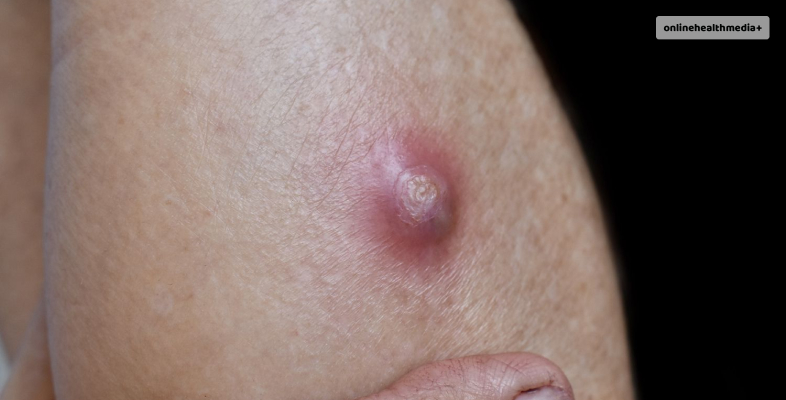
A boil is a painful, red, and swollen lump that typically contains pus. It forms around a hair follicle or oil gland and can be quite tender.
16. Nodules
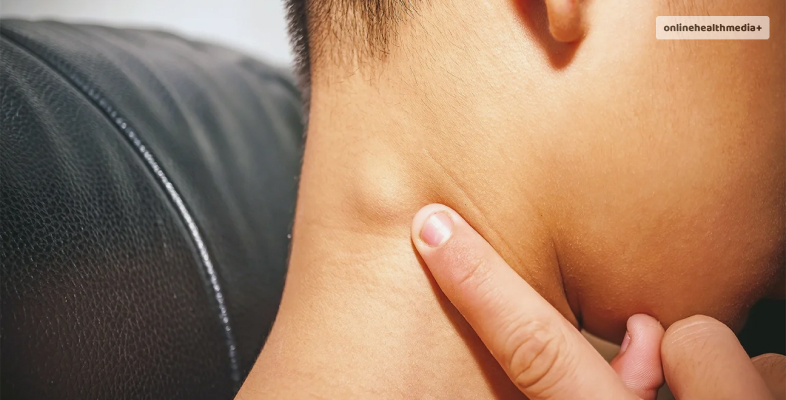
Nodules are solid, raised lumps beneath the skin that can result from various skin conditions, including cysts or lipomas.
17. Blister
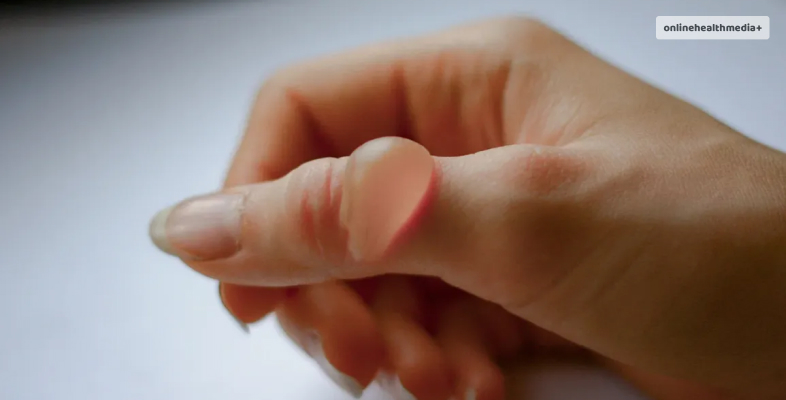
Blisters are fluid-filled pockets that form between the layers of the skin. They can result from friction, burns, or skin conditions like eczema.
18. Hives
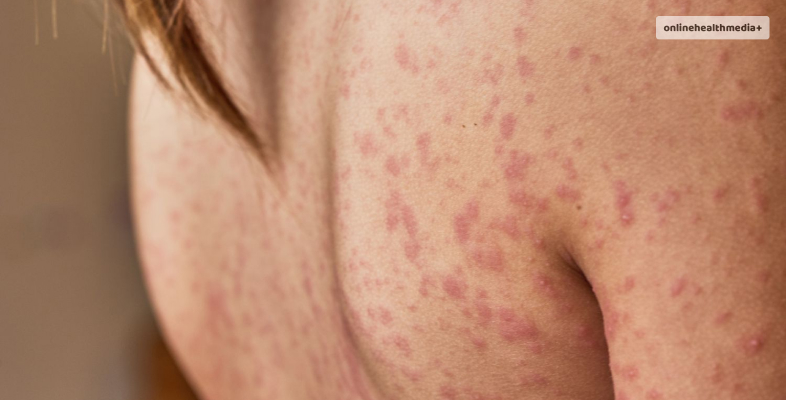
Hives are red or pink welts on the skin that are often itchy. They can be triggered by allergies, stress, or other factors.
19. Rash

A rash is a general term for any change in the skin’s color or texture. Rashes can be caused by various factors, including infections, allergies, or underlying medical conditions.
20. Warts
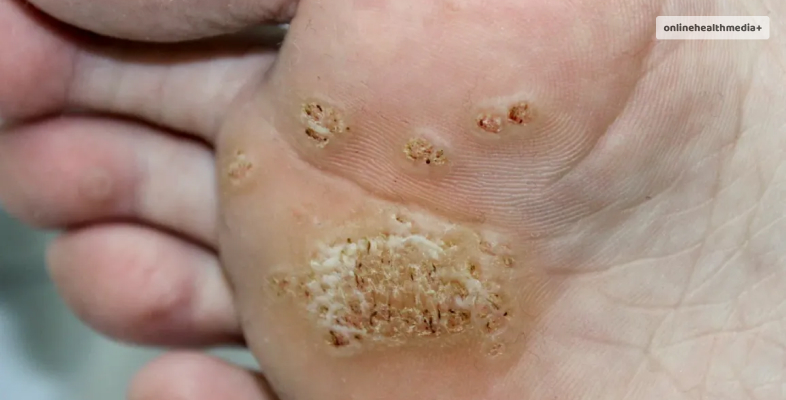
Warts are skin growths caused by the human papillomavirus (HPV). They can appear as rough, raised, or cauliflower-like growths.
21. Keloids
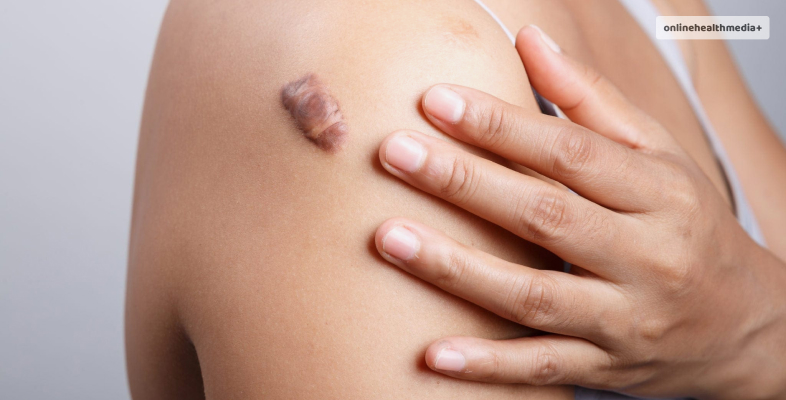
Keloids are raised overgrowths of scar tissue that can develop after a skin injury or surgery. They often appear as raised, shiny, and dark-colored areas on the skin.
These various skin lesions encompass a wide range of skin conditions, each with its own causes, symptoms, and treatments.
Understanding these conditions is essential for accurate diagnosis and effective management of skin-related issues.
Treatment Of Skin Lesions
The condition requires special care as skin is a sensitive barrier. Being the outermost layer, this is a necessary step to restore the skin’s integrity. The following treatment options are available to reverse the damage to the skin:
- Topical lotions
- Topical cream
- Oral medication to reduce the risk of infection
- Oral medication to target the specific skin condition
- Petroleum jelly to cover the wound
- Medication to stop the burning, itching, and pain
Additionally, the doctor may prescribe other medication as per the presence of an underlying condition. The treatment options may also include surgical removal of lesions or natural healing depending on the severity of the condition.
Conclusion
In conclusion, the article highlights the types of skin lesions and the common causes that can lead to their appearance.
Moreover, it is noteworthy that the different types of treatment options may not work effectively for all skin conditions.
Thus, consulting a specialist is advised in such cases. Self-medication may lead to worsening of the situation.
Take care and protect the affected area!
Also Read
- Tooth Fillings 101: Types, Benefits, And What To Expect.
- 7 Relaxation Techniques For Stress Release And Improved Health.
- Fear Of The Ocean: Causes, Symptoms, Complications And Treatment.
